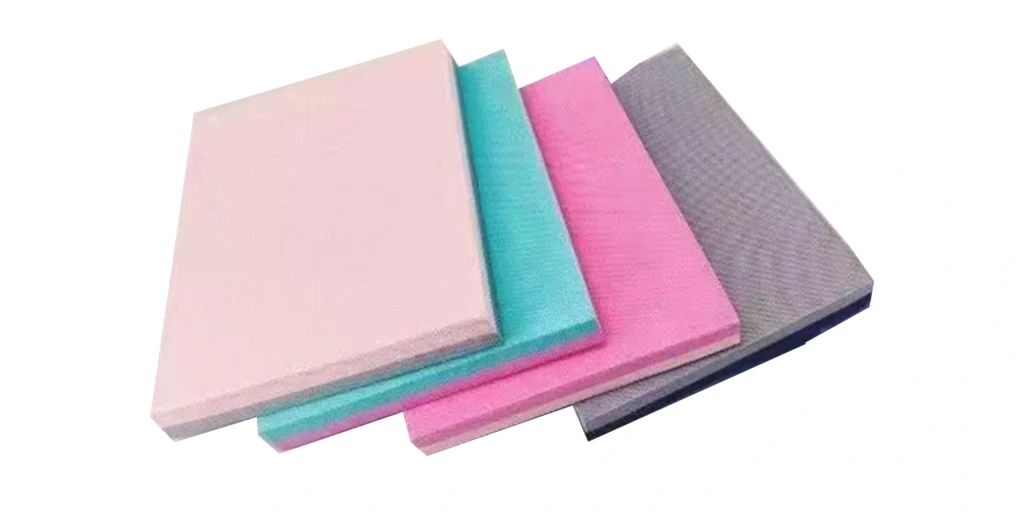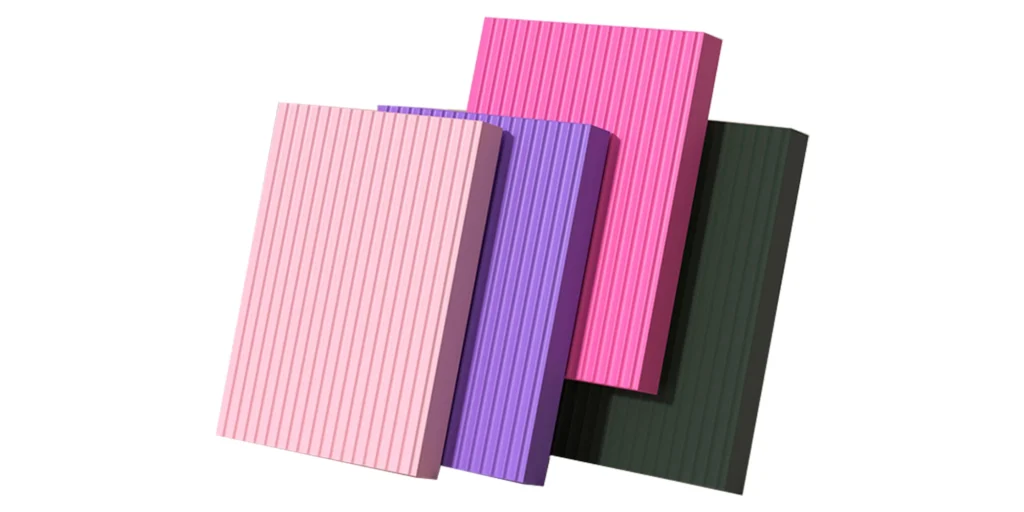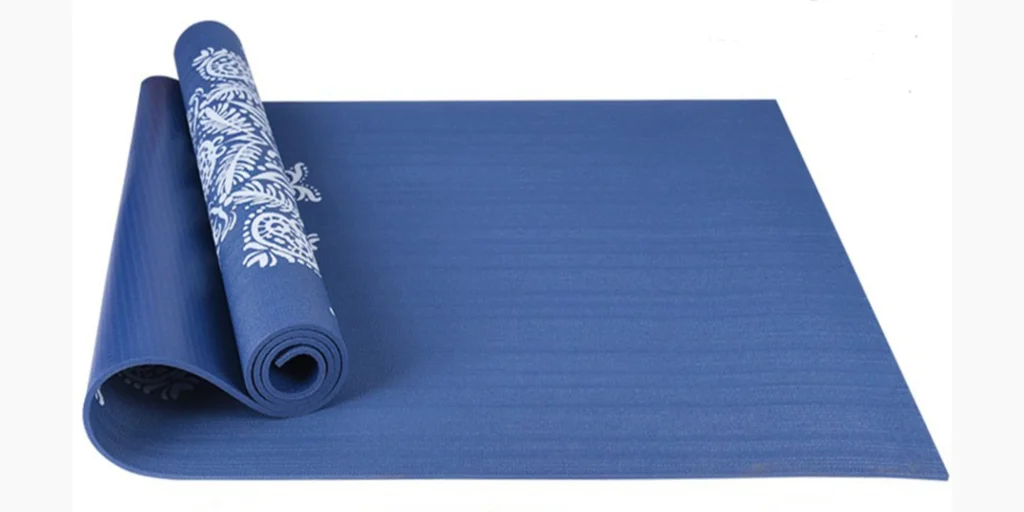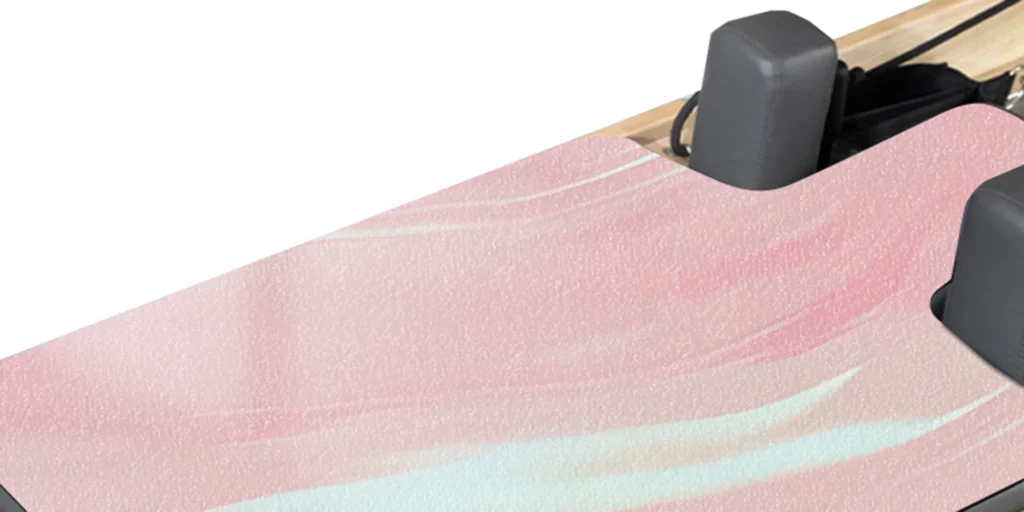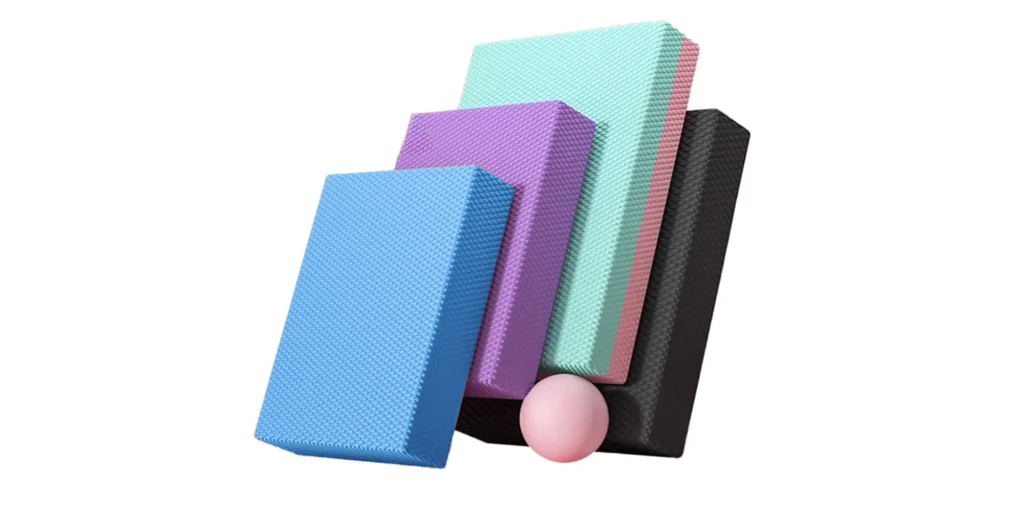In recent years, the demand for safe, eco-friendly materials in children’s products has skyrocketed. One material that has emerged as a popular choice for manufacturers is TPE foam (Thermoplastic Elastomer). Used extensively in a variety of children’s safety products, including play mats, padding, and toys, TPE foam offers a unique blend of safety, comfort, and durability. This article explores the role of TPE foam in enhancing child safety and why it is considered a superior material compared to alternatives like PVC and EVA foam.
What is TPE Foam?
TPE foam is a flexible, non-toxic, and environmentally friendly material made from thermoplastic elastomers. This versatile material combines the properties of rubber and plastic, making it soft, flexible, and durable. Unlike other foams, TPE does not contain harmful chemicals like phthalates, BPA (bisphenol A), or PVC, which can be toxic to children and the environment.
The production of TPE foam involves a manufacturing process that is both cost-effective and energy-efficient. Its excellent cushioning properties, resistance to wear and tear, and ability to retain its shape make it an ideal choice for child safety products.
Key Benefits of TPE Foam in Child Safety Products
1. Non-Toxic and Hypoallergenic
One of the primary concerns for parents when selecting products for their children is safety. Unlike PVC or EVA foam, TPE foam is free from harmful substances like phthalates, BPA, and formaldehyde. This makes it a safer alternative for babies and toddlers who are more susceptible to toxic chemicals.
Since TPE foam is hypoallergenic, it is less likely to cause skin irritations or allergic reactions. Parents can rest assured that their children can play on TPE foam mats or use TPE foam toys without the risk of exposure to harmful chemicals.
2. Durability and Longevity
TPE foam is highly durable, making it an excellent choice for products that undergo frequent use, such as play mats and padding. Its ability to withstand wear and tear means that TPE foam products can last longer, even with heavy use by active children. This is especially important for products like play mats that are exposed to moisture, dirt, and rough play.
Moreover, TPE foam retains its shape and elasticity, ensuring that products like foam padding and play mats continue to provide the support and comfort children need over time.
3. Eco-Friendly and Sustainable
In an era of increasing environmental consciousness, eco-friendly materials are a priority for many manufacturers. TPE foam is not only recyclable but also produced with a reduced environmental impact compared to other foams. Unlike PVC, which can release harmful chlorine during its production and disposal, TPE foam is a safer, greener alternative.
For parents who are looking for sustainable products for their children, TPE foam provides a more eco-conscious option. Choosing TPE foam products helps reduce the environmental footprint associated with traditional materials, making it a great choice for those committed to sustainability.
4. Comfort and Support
TPE foam is soft to the touch, providing a comfortable surface for children to play on. This softness makes it ideal for use in play mats, where young children spend hours crawling, sitting, and rolling. The material provides ample cushioning to protect children from bumps and falls, which are inevitable during the early stages of physical development.
Additionally, the flexible nature of TPE foam allows it to adapt to the child’s movements, offering optimal support without compromising comfort.
Applications of TPE Foam in Child Safety Products
1. Play Mats and Floor Mats
TPE foam is widely used in the production of play mats and floor mats designed for children. These mats are often used in nurseries, playrooms, and daycare centers to provide a safe and cushioned surface for children to play on. The non-toxic nature of TPE foam ensures that these mats are safe for babies and toddlers, while the foam’s durability ensures that the mats withstand constant use.
With the growing demand for safe, non-toxic products, TPE foam has become a top choice for manufacturers of interlocking play mats and large foam floor coverings. These mats are easy to clean, resistant to mold and mildew, and provide a soft, supportive surface for children.
2. Padding for Furniture and Play Equipment
In addition to play mats, TPE foam is commonly used as padding for various children’s furniture and play equipment. Whether it’s cushioning the edges of tables and chairs or providing extra padding on toys and play structures, TPE foam helps prevent injuries caused by sharp edges or hard surfaces. Its excellent shock-absorbing properties make it ideal for safety padding in children’s products.
3. Toys and Teething Products
TPE foam is also used in the production of children’s toys, including teething rings, teethers, and soft toys. The softness and flexibility of TPE foam make it an ideal material for creating toys that babies can safely chew on without the risk of harm. Unlike PVC, which can leach toxic chemicals into the body, TPE foam is safe for children to put in their mouths.
The non-toxic, hypoallergenic nature of TPE foam ensures that toys made from this material are both safe and gentle on the child’s delicate skin.
4. Protective Gear and Equipment
TPE foam is sometimes incorporated into protective gear, such as helmets or padding in sports equipment for children. The material’s cushioning and shock-absorbing properties help to protect children during physical activities, reducing the risk of injury.
TPE Foam vs. Other Materials in Child Safety Products
While TPE foam is an excellent choice for child safety products, it is important to understand how it compares to other commonly used materials, such as EVA foam and PVC.
- EVA Foam: While EVA foam is also a non-toxic material, it can be less durable and prone to wear over time. It is not as flexible as TPE foam and may degrade when exposed to harsh chemicals or environmental conditions. On the other hand, TPE foam offers better longevity, resistance to deformation, and a softer feel, making it a superior option for long-lasting children’s products.
- PVC: PVC foam, although affordable, contains harmful chemicals such as phthalates and BPA, which can leach into the environment and harm children. These chemicals can disrupt hormones and cause developmental issues, making PVC an undesirable material for children’s products. TPE foam, being free from these chemicals, provides a much safer and healthier alternative.
TPE foam plays a crucial role in ensuring the safety, comfort, and well-being of children. With its non-toxic, hypoallergenic, and eco-friendly properties, TPE foam is the material of choice for a wide range of child safety products, including play mats, padding, toys, and protective gear. Its durability, softness, and sustainability make it an ideal option for parents seeking safe, long-lasting, and environmentally conscious products for their children.
By choosing TPE foam, manufacturers are not only offering products that are safe for children but are also contributing to a more sustainable future. As parents continue to prioritize safety and health, the use of TPE foam in child safety products is expected to grow, ensuring that children can play and explore in a safe and secure environment.
FAQ: The Role of TPE Foam in Child Safety Products
1. What is TPE foam and why is it used in child safety products?
TPE foam (Thermoplastic Elastomer) is a non-toxic, eco-friendly material that combines the properties of rubber and plastic. It is widely used in children’s safety products like play mats, padding, and toys due to its durability, softness, and hypoallergenic properties, ensuring a safe environment for children.
2. Is TPE foam safe for babies and toddlers?
Yes, TPE foam is entirely safe for babies and toddlers. It is free from harmful chemicals such as BPA, phthalates, and PVC, which are often found in other materials. TPE foam is hypoallergenic and gentle on sensitive skin, making it an ideal material for baby toys, play mats, and padding.
3. How does TPE foam compare to EVA foam and PVC?
Compared to EVA foam, TPE foam is more flexible, durable, and resistant to wear and tear. Unlike PVC, which can contain toxic chemicals like phthalates and BPA, TPE foam is free of these harmful substances, making it a much safer choice for children’s products.
4. Can TPE foam be recycled?
Yes, TPE foam is recyclable, which makes it a more environmentally friendly option compared to other foams like PVC. Manufacturers are increasingly using TPE foam to create products that not only prioritize child safety but also reduce environmental impact.
5. What products are commonly made from TPE foam?
TPE foam is commonly used in child safety products such as play mats, floor mats, cushioning for furniture, toys, teething rings, and protective gear. Its durability, non-toxic nature, and comfort make it an ideal choice for products that children frequently use.
#TPEfoam #ChildSafety #NonToxic #EcoFriendly #PlayMats #BabySafety #SafeToys #SustainableMaterials #ParentingTips #EcoFriendlyProducts #ChildSafetyProducts #TPEFoamForKids #SustainableParenting #KidsToys
WELLE Trade has over 20 years of experience in the production and processing of PE/EVA/TPE foams, so you may want to consult with them if you have any sourcing needs.
